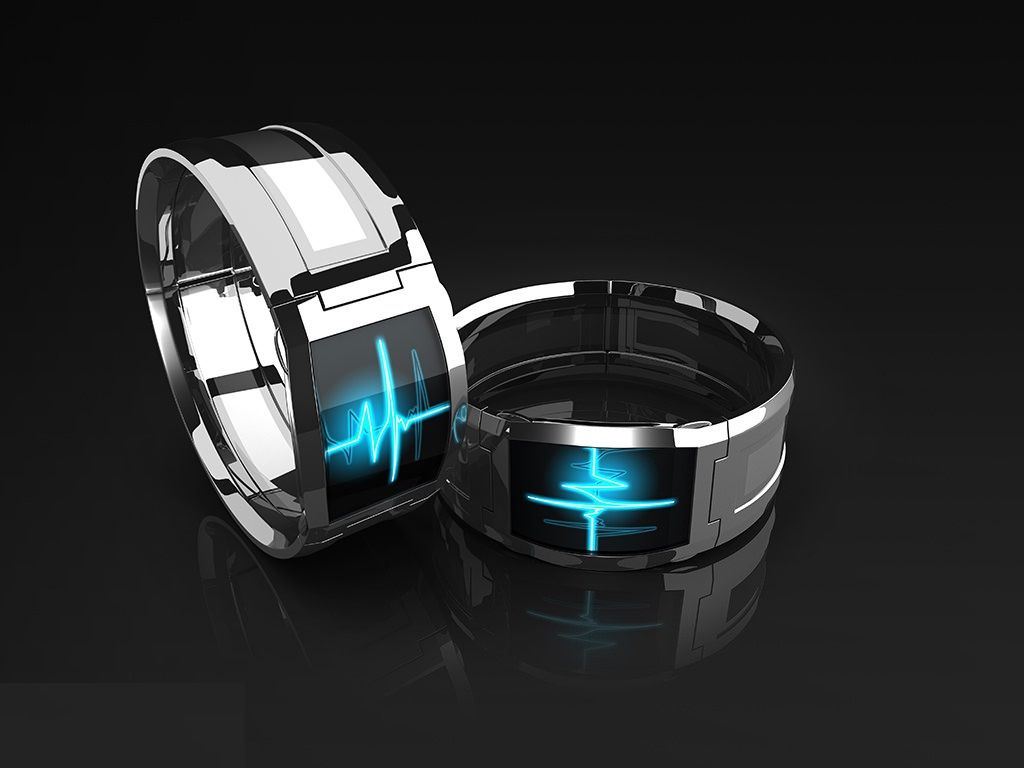Fitbit Can Be Used to Track Physical Activity in People with Hemophilia, Study Finds

The Fitbit wristband can help with the continuous monitoring of physical activity in people with hemophilia, but other strategies are needed to encourage increased activity, a study suggests.
The study, “Physical Activity Monitoring and Acceptance of a Commercial Activity Tracker in Adult Patients with Haemophilia,” was published in the International Journal of Environmental Research and Public Health.
Physical activity improves muscle health in people with hemophilia, which results in less bleeding, among other benefits.
Traditionally, researchers have relied on self-reported questionnaires to measure physical activity in these patients. In contrast, commercial activity monitors — known for their accuracy and validity, and increasingly popular in biomedical research — have been rarely used in hemophilia studies. These devices can estimate various parameters, including number of steps, distance traveled, energy consumed, heart rate, and levels and types of physical activity.
Researchers from Spain set out to determine whether one such fitness tracker — the Fitbit Charge HR wristband — can be used to reliably measure physical activity in this population.
To assess this, they had 26 participants (average age 36.1 years) with hemophilia wear the trackers for 13 weeks. Over the first week (baseline), the patients were monitored while on their usual daily routines. They were then divided into two groups — 15 participants in an active group (10,000 or more steps/day on average) and 11 in a non-active group (fewer than 10,000 steps/day) — and recommended to walk 10,000 steps/day or to increase this number if they were already following this guideline.
Results showed that 57.7% of participants achieved the goal of 10,000 daily steps, with a mean of 12,603 steps in the active group and 7,495 in the non-active group. Over the study period, 84.6% of participants reached 150 minutes of physical activity per week, as recommended for healthy adults.
The average number of active minutes was generally consistent across the study period in both groups. The active group showed a significant decrease in steps/day during weeks 10-13, although the average remained above the recommended 10,000 daily steps.
“Given these results,” the researchers wrote, “the Fitbit … has been shown to be an adequate device for continuous and long-term monitoring of PA [physical activity], but nevertheless, their use does not seem to be sufficient motivation to increase levels of PA in [people with hemophilia].” Using additional motivational strategies may help achieve this goal, they advised.
Comparing the two groups, active participants had higher values in number of steps, distance, and levels of activity than those in the non-active group.
The researchers also looked for correlations between physical activity and clinical characteristics. Suggesting that increased physical activity may be beneficial in this population, very active minutes — more than six so-called metabolic equivalents over at least 10 minutes — were linked with better joint health, as assessed by the Hemophilia Joint Health Score 2.1.
Findings also showed a high level of satisfaction and no significant variations in adherence to Fitbit.
There were four bleeding episodes during the study period, but only one (in the non-active group) was due to a higher-than-normal level of physical activity.
“Hence,” the scientists wrote, “despite arthropathy [joint disease], [people with hemophilia] in prophylactic treatment are able to comply with PA recommendations for health with a minimal risk of bleeding.”
Overall, “this type of device can help healthcare providers to optimize outcomes and make better use of available resources, allowing a tailored prophylaxis therapy based on the objective PA level of their patients,” they concluded.





